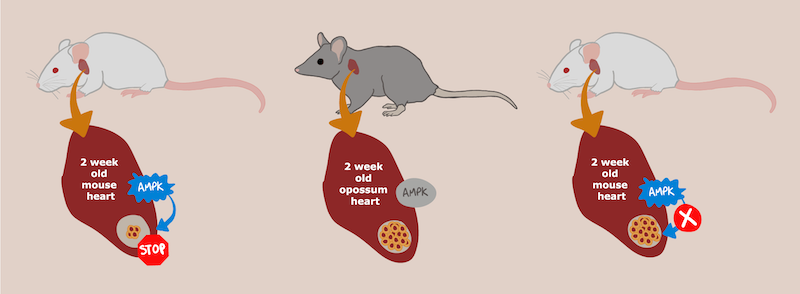
The neurohormone oxytocin is well-known for promoting social bonds and generating pleasurable feelings, for example from art, exercise, or sex. But the hormone has many other functions, such as the regulation of lactation and uterine contractions in females, and the regulation of ejaculation, sperm transport, and testosterone production in males. Now, researchers from Michigan State University show that in zebrafish and human cell cultures, oxytocin has yet another unsuspected function: It stimulates stem cells derived from the heart’s outer layer (epicardium) to migrate into its middle layer (myocardium) and there develop into cardiomyocytes, muscle cells that generate heart contractions...
Read More








Recent Comments